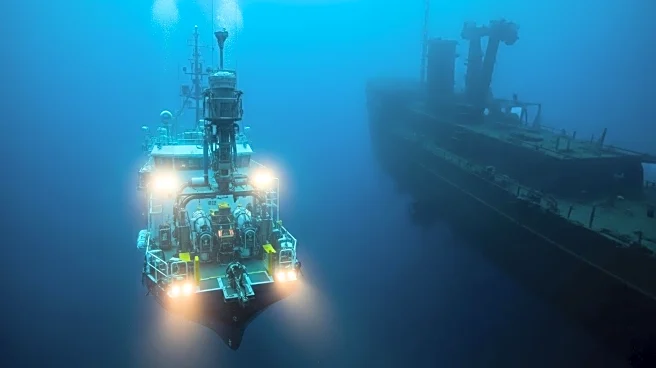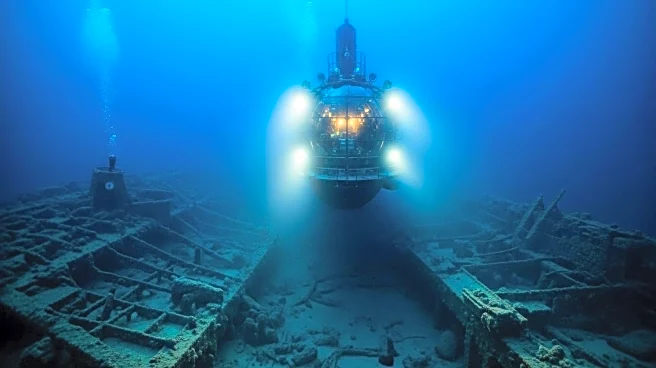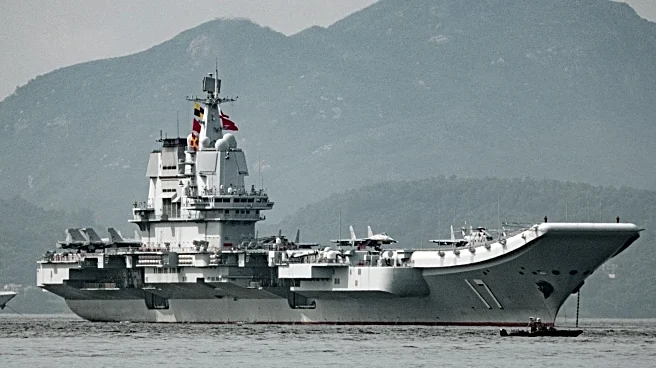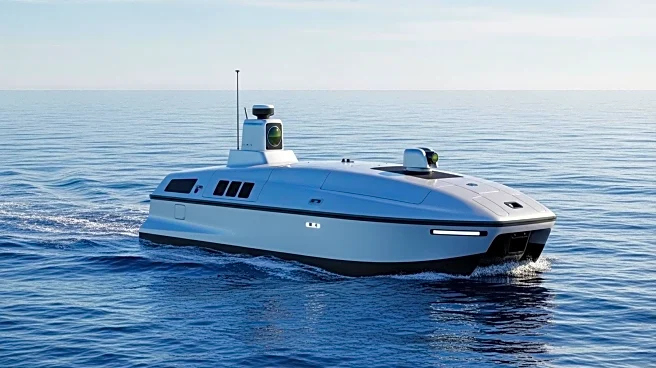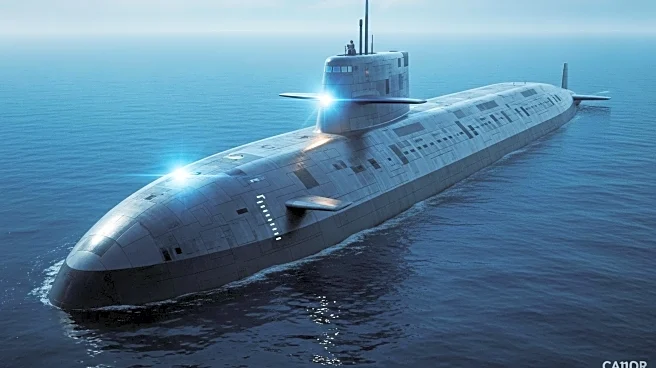What's Happening?
Forty years ago, Bob Ballard and his team discovered the Titanic wreckage, a milestone in deep-sea exploration. The discovery was made using a deep-sea imaging system developed with support from the US Navy, which was initially intended for surveying sunken nuclear submarines. The Titanic's discovery intensified public fascination with the ship, leading to films, documentaries, and high-stakes trips to its resting place. Ballard's strategy focused on locating the debris field rather than the ship itself, which proved successful. The technology used has since revolutionized ocean exploration, expanding scientific knowledge of the ocean.
Why It's Important?
The discovery of the Titanic marked a significant advancement in ocean exploration technology, influencing scientific research and public interest in maritime history. It demonstrated the potential of remotely operated underwater vehicles, which have since become crucial in oceanographic studies. The event also highlighted the importance of strategic thinking in exploration, as Ballard's focus on the debris field was key to the mission's success. The Titanic's discovery continues to impact cultural and scientific fields, inspiring new generations of explorers and researchers.
What's Next?
Ballard continues to explore the ocean, recently mapping World War II naval battle wrecks in the Pacific. The future of ocean exploration is expected to rely more on remote and robotic technologies, with autonomous underwater vehicles playing a significant role. Ballard envisions uncrewed ships exploring the oceans, with about 27% of the seafloor mapped so far. His ongoing work and advocacy for preserving the Titanic wreckage reflect a commitment to advancing ocean science and exploration.
Beyond the Headlines
The discovery of the Titanic also had ethical implications regarding the preservation of historical sites. Ballard's advocacy for protecting the wreckage from further erosion highlights the need for responsible exploration practices. The event underscored the importance of balancing scientific curiosity with respect for historical artifacts, a consideration that continues to influence exploration policies.
